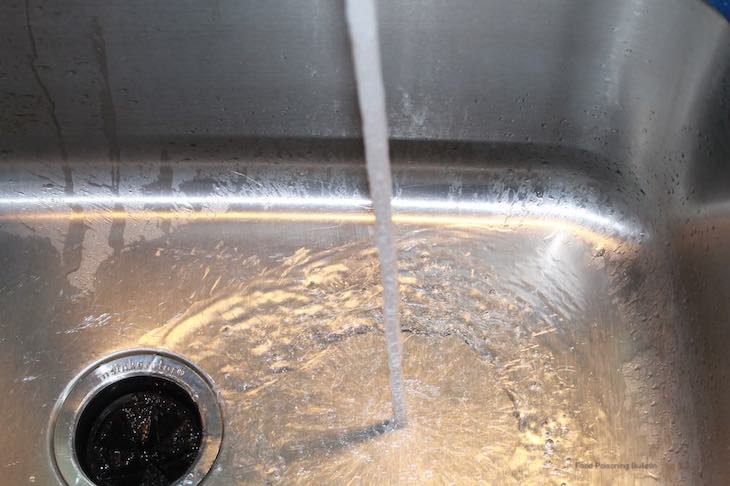Many people in different parts of the country have been, and will be, under a “boil water” notice after severe weather strikes. So what does a boil water notice mean?

These advisories are often issued after a flood or when there is an issue with local water services, such as broken water mains or a sewage spill. Everyone should pay attention to these advisories and notices and follow them rigorously to protect health.
Boil water notices are issued to protect the public from waterborne infectious agents that can range from parasites to E. coli and other pathogens to viruses. When a notice is issued, everyone should stop using water from the tap until a government agency says that the water is again safe to drink and use in cooking and cleaning. Heat treatments and filtration can be used, although people should be aware that the hepatitis A virus and Cryptosporidium have greater heat resistance than vegetative bacterial cells. And filtration may not remove all viruses.
To kill parasites and bacteria, water should be brought to a full and rolling boil for at least one minute at 185°F. Water boils at 212°F at sea level. Watch out for water used to make ice, since boiled water should not be used to make ice unless it is heat treated.
Do not use water under a boil notice to wash your hands or in a shower or bath. And do not use unboiled water to make coffee, tea, for washing produce, or for washing dishes and cooking utensils.
After the boil water notice is lifted, run your water lines for one minute to flush contaminated water from the system. Clean and sanitize all fixture, sinks, and equipment that is connected to water lines. Run your dishwasher empty through three complete cycles to flush water lines and to make sure the appliance is clean. And discard all ice and clean and sanitize any container used to hold ice.




